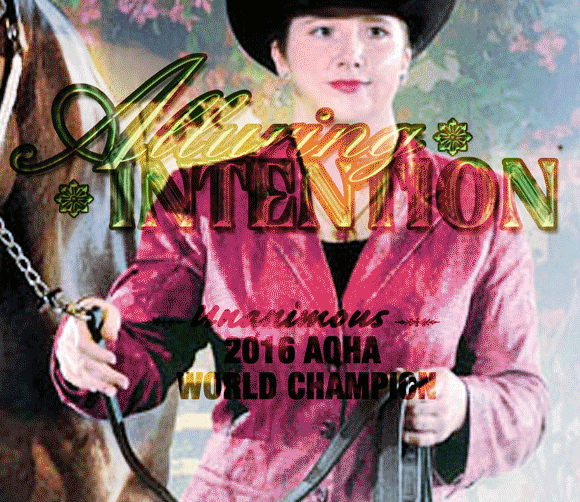Do the Math For Improved Equine Nutrition
By: Juliet M. Getty, Ph.D.
Reading a hay analysis report or puzzling over the ingredients in feed or supplements can be a chore, yet when considering particular elements—selenium, for example—some minor math can make a major difference to your horse’s health.
Feed tags and hay analyses often list ingredients as “ppm” or parts per million. Does this confuse you? You aren’t alone. The best way to think of ppm is as milligrams per kilogram (mg/kg) of feed (since a mg is a one millionth “part” of a kg). Therefore, when using mg/kg, all you have to do is make sure you’re dealing with kg of feed (instead of lbs) before doing your calculations.
Consider this example: Your hay contains 0.2 ppm (mg/kg) of selenium. How many mg of selenium does 20 lbs of hay contain?
First, you need to convert the lbs to kg. Since there are 0.454 kg in one lb, make the conversion by multiplying lbs by 0.454. So, 20 lbs multiplied by 0.454 equals 9.08 kg (20 x 0.454 = 9.08).
Now that you have your hay measure in kgs, you’re ready to calculate mg of selenium. Multiply 9.08 kg of hay by 0.2 ppm (or mg/kg) (9.08 x 0.2 = 1.816). That rounds to 1.8 mg of selenium in your 20 lbs of hay.
Formulas to remember when working with ppm:
- Convert lbs to kg: lbs x 0.454 = kg
- Calculate to find mg: kg X ppm (or mg/kg) = mg
What about percentages?
The concentration of many nutrients can be presented as a percentage instead of ppm. Protein, fat, carbohydrates, and major minerals are measured as grams, rather than mg.
Let’s say you would like to know the number of grams of protein in 20 lbs of your horse’s hay. It contains 8% crude protein.
First step, convert lbs to grams: 20 lbs hay X 454 g/lb = 9080 grams.
Next, multiply the grams of hay by the percentage (move the decimal point left two spaces): 9080 lbs of hay X .08 = 726.4 grams of protein.
Formulas to remember when working with percentages:
- Convert lbs to grams: lbs x 454 = grams
- Calculate to find grams: grams X percentage (move left two decimals) = grams
Juliet M. Getty, Ph.D. is an independent equine nutritionist with a wide U.S. and international following. Her research-based approach optimizes equine health by aligning physiology and instincts with correct feeding and nutrition practices. Dr. Getty’s goal is to empower the horseperson with the confidence and knowledge to provide the best nutrition for his or her horse’s needs.
Dr. Getty’s fundamental resource book, Feed Your Horse Like a Horse, is available in paperback as well as in hardcover, searchable CD and Kindle versions. All except the Kindle version are available at www.GettyEquineNutrition.com — buy the book there and have it inscribed by the author. Print and Kindle versions are also available at Amazon (www.Amazon.com); find print versions at other online retail bookstores. The seven individual volumes in Dr. Getty’s topic-centered “Spotlight on Equine Nutrition” series are available with special package pricing at her website, and also at Amazon in print and Kindle versions. Dr. Getty’s books make ideal gifts for equestrians!
Find a world of useful information for the horseperson at www.GettyEquineNutrition.com: Sign up for Dr. Getty’s informative, free e-newsletter, Forage for Thought; browse her library of reference articles; search her nutrition forum archives; and purchase recordings of her educational teleseminars and interviews. Find top-quality supplements, feeders, and other equine-related items, at her online Free Shipping Supplement Store[i]. Reach Dr. Getty directly at gettyequinenutrition@gmail.com.












